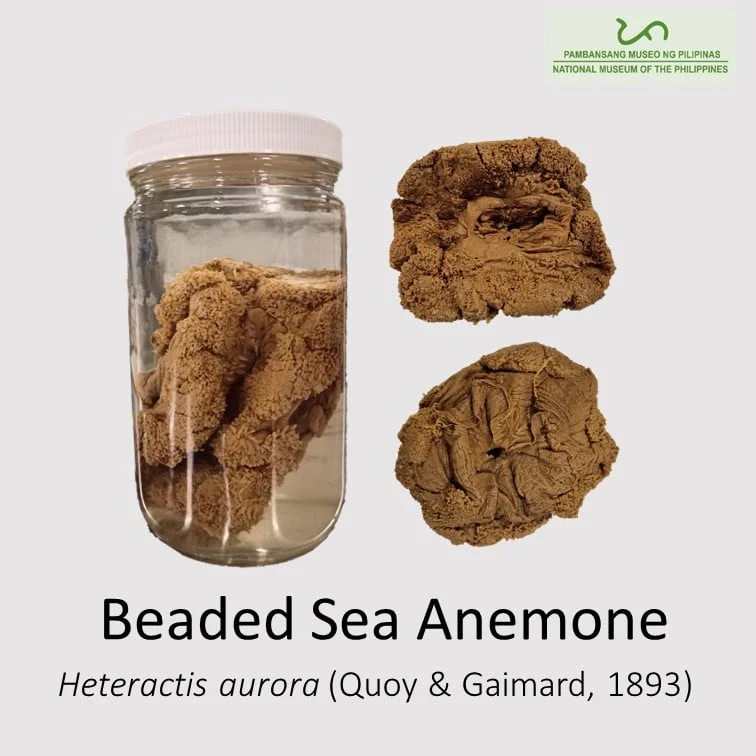Sea Anemones - Beautiful Yet Dangerous Marine Creature
Despite the fact that it is called “flowers of the sea”, sea anemones are neither plants nor flowers - but a group of quiet, slow paced marine predatory animals belonging to the Phylum Cnidaria, which also include corals, jellyfish and sea pens. The sea anemone belies its harmless and beautiful appearance by preying on animals such as plankton, crabs, fish, and jellyfish.
Sea anemones are found throughout the world’s oceans - from rock pools to shallow reefs to the deeper parts of the sea . There are more than a thousand known species of sea anemones and the largest one can be found in tropical waters. These intriguing species come in various shades of red, green, white, orange, pink, and brown.
When seen in huge and colorful clusters, they can easily be mistaken as flowers - hence their title. These invertebrate animals have a tubular or cylindrical body, possessing a flat base attached to a substrate and a central mouth surrounded by tentacles armed with nematocysts. With a slightest touch, nematocysts release tiny harpoons of potent toxins that can instantly immobilize their prey, slowly guiding it into the sea anemone’s mouth for nourishment.
Like its close relatives, sea anemones also have toxins that can be harmful to humans. Species under the genus Actinodendron and Stichodactyla commonly known as fire anemones and carpet anemones respectively, are potentially lethal. Even though only a few of these gorgeous sea anemones are considered dangerous, most species are quite harmless. Most importantly, they function to maintain ecological balance in the marine ecosystem.
Heteractis spp. served as symbiotic host and guardian to several species of fish including Nemo, the well-known animated clown fish, and other marine organisms like shrimps.
Like corals, sea anemones have a symbiotic relationship with the microscopic photosynthetic algae and zooxanthellae that provide sustenance to the animal, hence this is another reason why sea anemones are prone to bleaching. These animals are also affected by plastic pollution in the ocean by mistaking bits of plastic as food which they are unable to digest and eventually cause starvation and worse, death.
Pollution, habitat destruction and continuous illegal aquarium trade endanger sea anemones alongside other marine creatures. Like how we, humans, protect ourselves from COVID-19 by staying home, these creatures also need to stay in their natural habitat to remain healthy and provide its natural services to their surroundings.
____________
Text and photos by Wendy Clare R. Caña, Roselyn D. Sardon and Marivene M. Santos / NMP Zoology Division
©National Museum of the Philippines (2021)






No comments:
Got Something to Say? Thoughts? Additional Information?